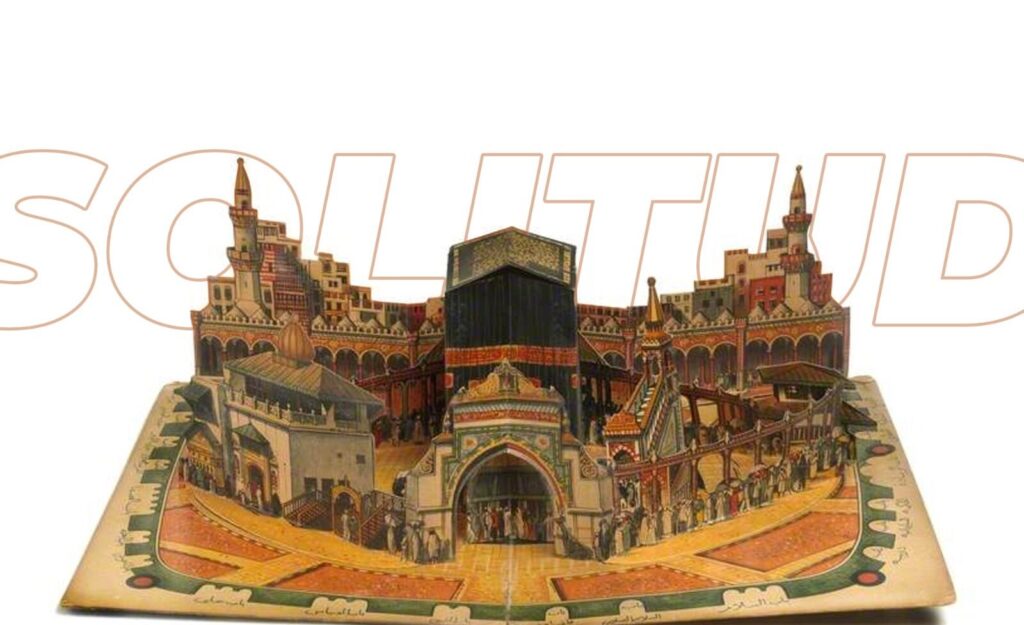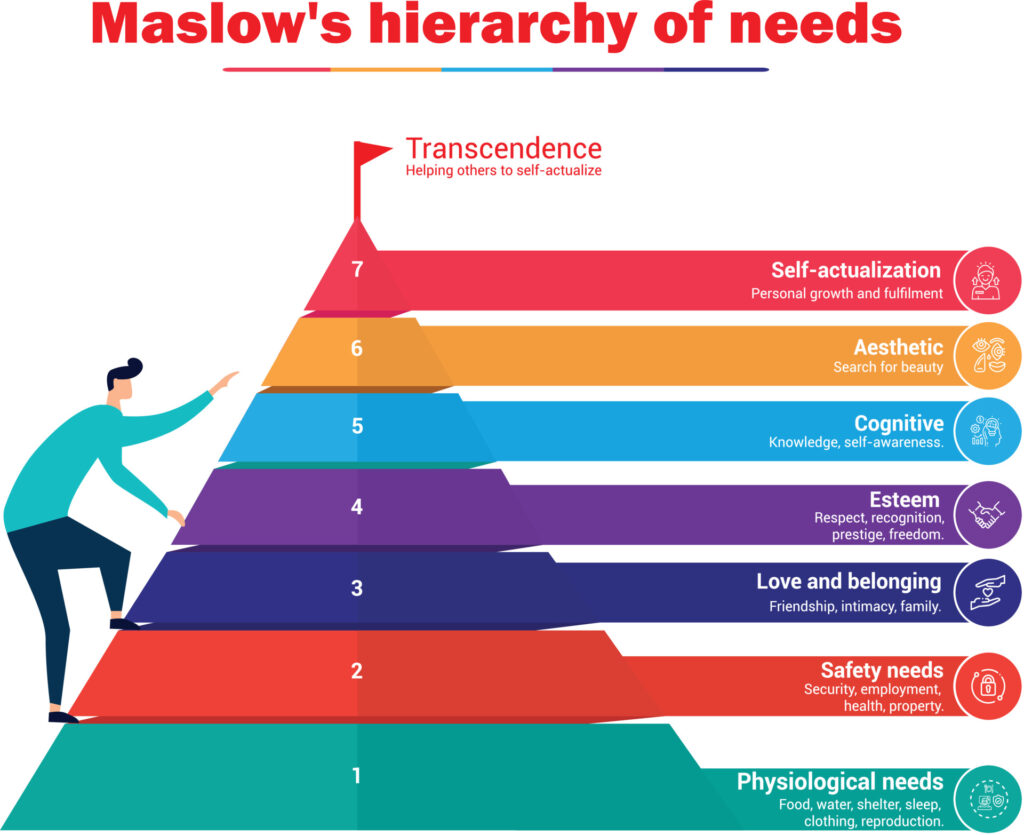
Personality is one of the areas of psychology that holistically looks at a person as an individual and a complex creature. Humans may have many similarities and yet be different in so many respects. Much research has revealed that researchers attempted to establish a meaningful relationship between personality and various aspects of human behavior. These include but are not limited to, Freud, Allport, Adler, Bandura and Rogers. The definition of personality, as given by Hergenhahn and Olson, explains that personality allows someone to be more effective socially as he is seen as possessing an attractive personality or else in the absence of such a personality, the person may be seen as bad or has no personality at all. One’s personality is seen to be unique and special so it differentiates him from another person. Such an aspect is called the individual difference. Research on personality gave birth to numerous personality theories that have helped us in understanding and analyze various aspects of human personality. Personality is the manifestation of our character in everything we do in life (Abdul). Moral character is thus not simply a goal within the life of a Muslim, but the end goal of the Islamic faith itself. On this matter, Prophet Muhammad was asked, “Which Muslim has a perfect faith?” He answered: “He who has the best moral character”. Human personality in the Islamic tradition is understood through the total make-up of body, mind and soul. To understand the overall psychological nature of man and his personality development, one must understand the inner workings of the essence of the whole person.
The study of human personality will not be complete without understanding the factors which influence its development. According to Najati, any research on biological, social and cultural factors without including the study of the spiritual aspect, will only lead to a vague description and shallow understanding of personality. The study of basic concepts of human nature and its potentialities will lead the way in understanding human personality. Raba was of the view that human nature is the bedrock for the development of human personality. The focus of his study was to unravel the impact of human nature as an underlying factor that brings about different personality types. The Holy Quran points out that man was created for a special purpose, hence he is equipped with faith as well as the necessary knowledge and potential that can enable him to accomplish his mission on earth as a servant of Allah. Faith and belief in Allah, the capacity to learn, to do good and otherwise, to bear responsibility, to love, and to acquire wealth and power, are inherent in his duties on earth. And being a prophet, a person must be the embodiment of all these sublime qualities.
Personality and Character ethics is quite different, but many people do not have any idea of the reality of the outstanding difference between the two subjects. Personality is temporary as it depends on the psychological environment that a person is exposed to, whereas character is permanent and is not affected in any way by the psychological environment. However, Character ethics, which ought to be dominant, is not always dominant in most people due to their strong personalities.
Psychologists argue that this hypothesis underscores the main reason why many people are not successful and cannot influence the world. In light of this realization, Prophet Muhammad, despite his physically challenging environment, had a strong character ethic that dominated his personality, which made him a legendary Muslim leader (Robinson, Brockopp) notes that Muslims believe that Muhammad was a prophet of God as well as a messenger, but he is assumed to have been stronger and more influential than all other prophets were. The major reason behind this is, every prophet or messenger should be an exemplary example for every society they have been sent to, in all sorts of life.
The Holy Prophet of Islam possessed the sublime status of prophecy and divine leadership. But his manners in dealing with the people and his way of life were so simple and gentle, at the same time he was a brilliant diplomat too. For being an embodiment of perfection and becoming a prophet, a person must have to go through tough and challenging situations. Aam-ul-Huzn (The Year of Sadness) is one of the remarkable incidents in the life of the noble prophet.“The Year of Sadness” in Islamic tradition is popularly known for the most critical period in the life of Prophet Muhammed. It was not too long after the shift of ban and boycott upon Prophet Muhammed’s clan, where they suffered extreme suffering and grievances. Very soon he faced the greatest loss of his life, the death of the best of his caretakers, Khadija and Abu-Talib. He married Khadija at the age of 25 whereas she was 40 at that time. They have lived in profound love and harmony for 25 years. She was not only a wife to him, but she has been a wise counsellor, an intimate friend and the best household to all his family. Another loss followed by Khadija’s death was less consolable but more serious in outward consequences. Both of these two deaths were penetrating in themselves. The year, in which Prophet Muhammed lost the prominent members of his life, his major patrons; and his refuge, which pushed him to the dilemma of complications; this year coincides with approximately 619 CE. The significance of “The year of sadness” lies in the crisis management of prophet Muhammed, and the way he used to overcome the mental stress caused by the demise of his most beloved family members. Regardless of the traditional reading of understanding “the year of sadness” as a mere and most sadful incident in the life of Prophet Muhammed, this article seeks to understand the progressive developments that took place in Prophet due to Aam-ul-Huzn; in the light of Abraham Maslow’s theory of Self Actualization.

In Motivation and Personality (1954), Abraham Maslow states, “What a man can be, he must be”. Maslow’s quote refers to self-actualization, which is the highest level or stage in his model of human motivation: the ‘Hierarchy of Needs’. According to the hierarchy of needs, self-actualization represents the highest-order motivations, which drive us to realize our true potential and achieve our ‘ideal self’. Self-actualization needs are also referred to as our ‘being’ needs; these include personal and creative self-growth, which are achieved through the fulfilment of our full potential. Self-actualization, in psychology, is a concept regarding the process by which an individual reaches his or her full potential. It was originally introduced by Kurt Goldstein, a physician specializing in neuroanatomy and psychiatry in the early half of the 20th century.
The study of the application of Maslow’s theory in the life of the prophet Muhammed needs an analysis of the relevant meccan social customs in that arena. For understanding the intensity of complications, we have to take a look at the prevailing circumstances of Mecca at that time. It was difficult for believers to continue living in their homeland, which had no official and valid protection. Yet, Abu Talib, paternal uncle of the prophet Muhammed was the chief of Quraish, in whose household the prophet lived since the death of Abd-ul-Muttalib. Even though Prophet Muhammed gained strong enmity from some Quraishi leaders for his call to Islam, the protection offered by his paternal uncle was inviolable according to Meccan customs at that time. Therefore, retaliations were impossible as they were unable to attack him anyway. Khadija was an ideal life partner upon whom the prophet relied confidently in all his proceedings. Her nobility and wealth helped him a lot in the path of Islamic propagation. Her consoling words and courageous attitude influenced Prophet Mohammed greatly in various critical contexts including the first revelation.
But here ends everything with their demise. Abu-Talib was succeeded by Abu Lahab as chief of Banu Hashim, but the protection that Abu Lahab gave to his nephew was merely nominal. And the prophet was ill-treated never as before. It was then he decided to seek help from Taif, the people of Taif-a decision which eloquently reflected the apparent gravity of his situation in Mecca. But unfortunately, he was rejected and mistreated. Here comes the core of the Aam-u-Huzn, in fact, Prophet Mohammed was getting confined to himself with his own thoughts and developments in the realization of the truth, that his major patrons are no more. It was the time for the progressive developments in the personality of Prophet Muhammed. For instance, the diplomatic experiences, after being rejected from Taif. He wishes to return to mecca itself but not to risk without ensuring tribal protection. He sent letters to prominent Meccans seeking protection. But incredibly Akhnas bin Shariq of Banu Zuhrah and Suhail ibn Amr of Banu Amir rejected the request. Subsequently, he sent a letter to Mut’im Ibn Adi, the chief of Banu Naufal. He was one of the five Meccan leaders who had initiated the end of the earlier Meccan Boycott. Fortunately, Mut’im accepted the request and the next day he met Prophet Muhammed and escorted him fully armed to Mecca. They went to the Ka’ba where Mut’im announced the protection. Upon seeing this, the Leading opponent of Muhammed Abu-Jahl told Mut’im “Whom you protect, to him we give protection”.
Prophet Muhammed was alone while all these dealings were done pragmatically. As usual, life retains its tuning after every complication. Mental Stability is a crucial element in crisis management. According to the modern Psychology, Post Traumatic Stress Disorder, Nightmares, Anxiety Disorder etc. are some amongst the prominent possible mental disorders caused due to the death of beloved ones. But incredibly prophet never go down before any such mental disorders rather he showed the exciting features of extraordinary mental strength and stability. This essay observes that the incident of Aam-ul-Huzn or “The year of Sadness” had a close relation to Abraham Maslow’s theory of Self Actualization. Also, the research had an observation that being a prophet, the leader of generations, it was crucial in the life of the Prophet for the progressive developments as decided by the fate of the Almighty. Hitherto Prophet is moving ahead by himself without his most beloved caretakers. In nutshell, The year of Sadness appears to be a significant part of the Prophet`s legendary life. Throughout his life, the Prophet Muhammad proved to be exceptionally adept at uniting diverse groups and negotiating a series of alliances and loyalty arrangements that spanned religious, tribal, ethnic, and familial lines (Berggren).

Currently pursuing Islamic Sharia at WIRAS, LLB at Markaz Law College, and MBA in Marketing Management from Pondicherry University. Completed Bachelor of Islamic Studies from Jamia Madeenathunnoor and B.A in Communicative English and Literature from University of Calicut.

